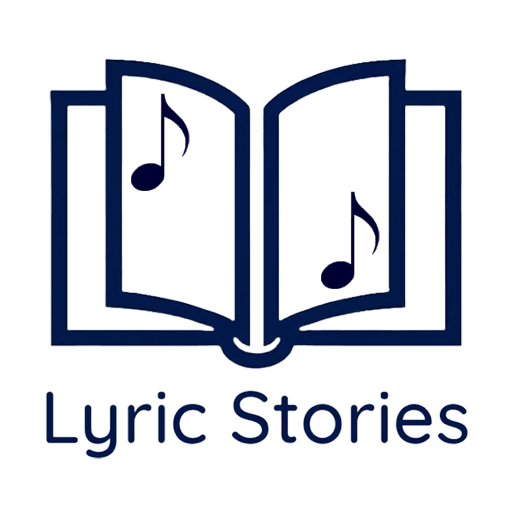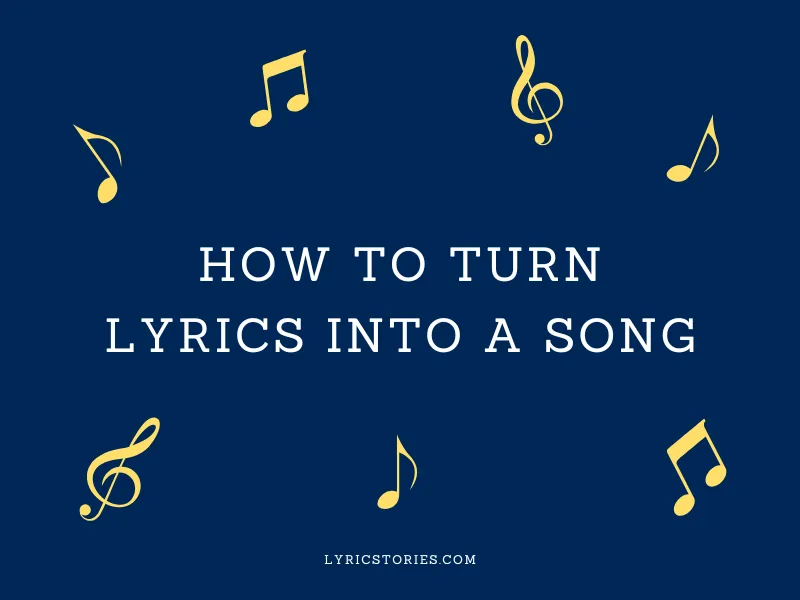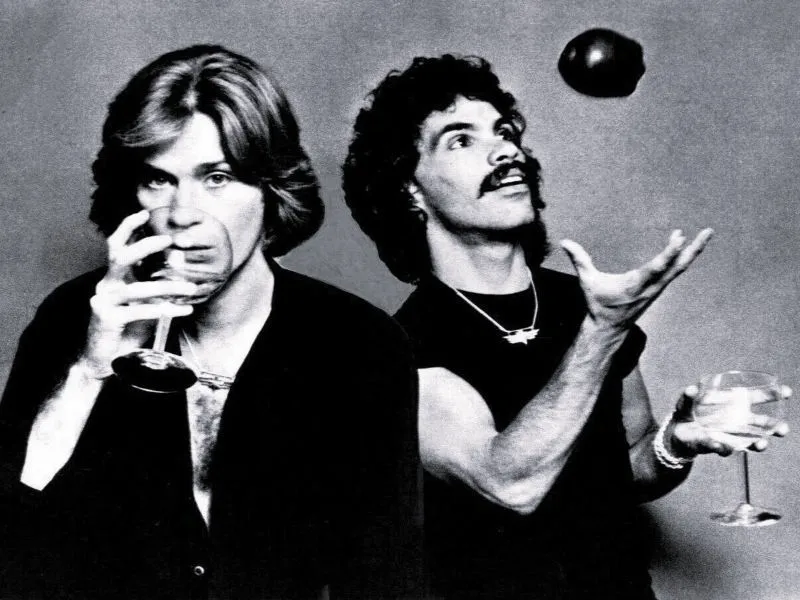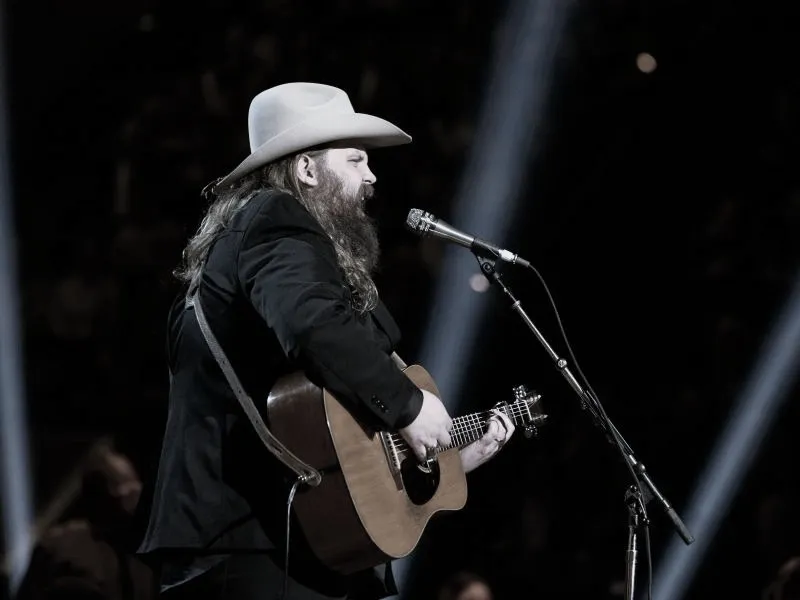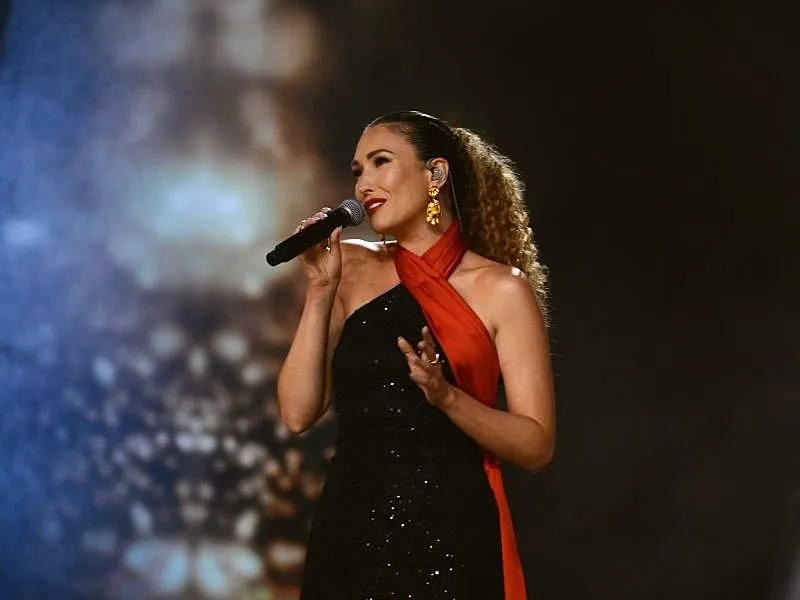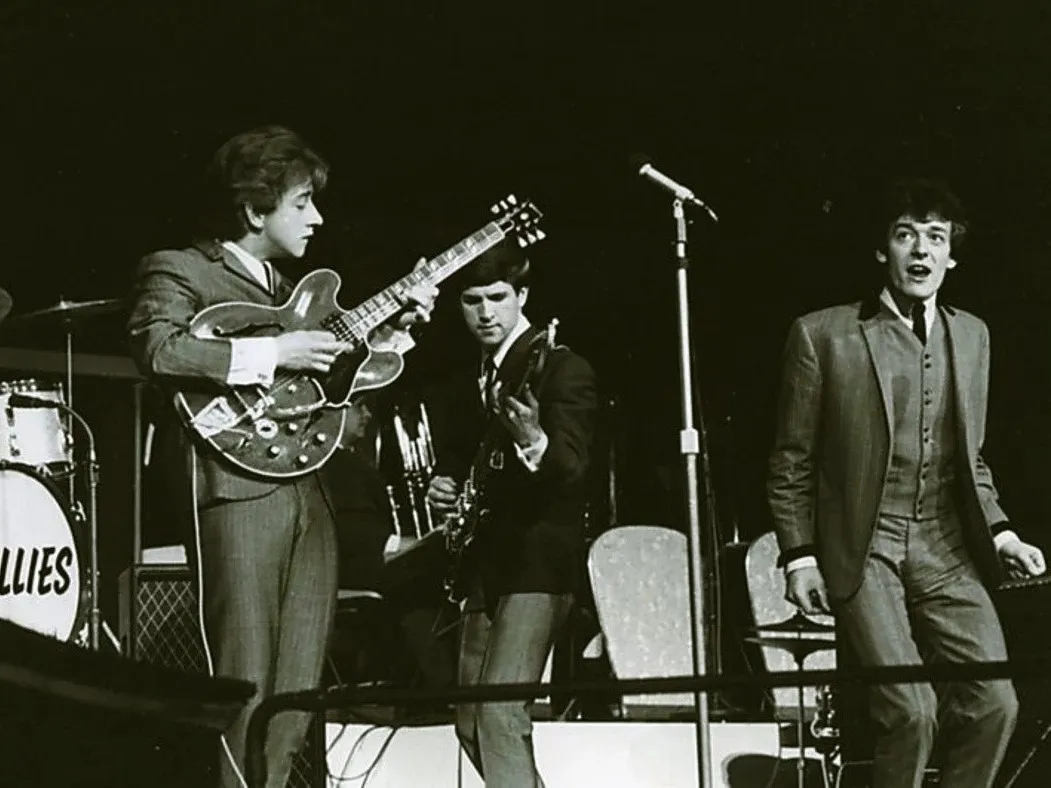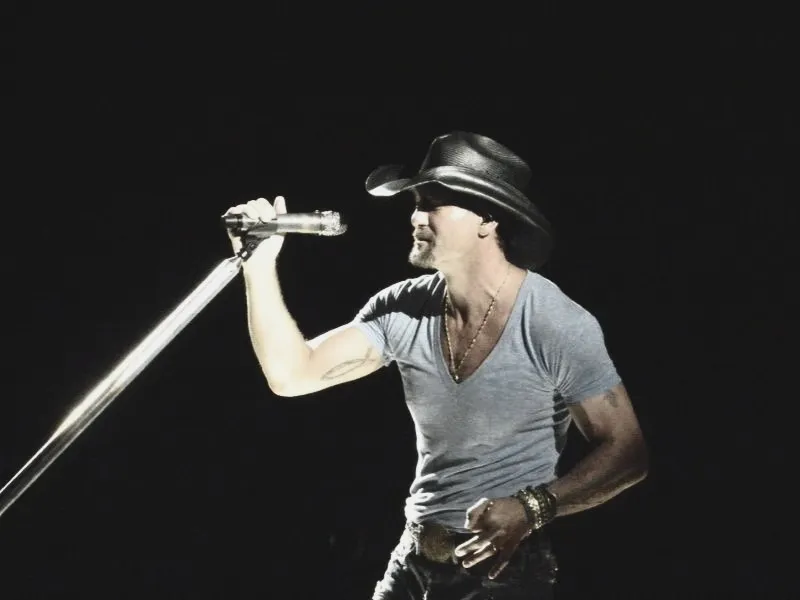Turning your lyrics into a complete song is a rewarding but often challenging process. Whether you’ve just written your first set of lyrics or you’re refining years of songwriting, creating a melody and structure to match your words is key to crafting a memorable song. In this article, we’ll explore step-by-step techniques for turning your lyrics into a song so you can avoid the most common lyric writing mistakes.
You’ll learn practical tips for creating melodies, selecting the right instrumentation, and structuring your song effectively. We’ll also discuss the role of tools like AI and free resources to assist in the process while emphasizing the importance of keeping your unique voice at the center of your work.
Why Song Structure Matters
Song structure is essential in giving your lyrics direction and turning them into a song. A well-structured song guides the listener through a story or emotion, making it easier for your message to resonate.
Common Song Structures
Here are some of the most popular structures to consider:
- Verse-Chorus-Verse (VCV): A simple yet powerful format that alternates storytelling verses with a catchy, repeating chorus.
- ABABCB: This structure introduces a bridge after two verses and choruses, adding depth to the song.
- Through-Composed: Less common but impactful, this structure doesn’t repeat sections, ideal for storytelling lyrics.
Understanding how to structure your song is crucial when you turn lyrics into a song. A strong structure can transform simple words into a captivating musical piece.
For more tips on improving song structure, check out our article on How to Write Lyrics for a Song.
Creating a Melody
Once you’ve established your structure, it’s time to focus on melody. The right melody will help you turn your lyrics into a song that resonates with listeners. Remember that the melody is the soul of your song, giving life to your lyrics. Here’s how to get started:
Experiment with Your Voice
Sing your lyrics aloud in different tones and pitches to discover a natural melody. Don’t worry about perfection—focus on finding the flow that feels right.
Use an Instrument
Playing chords on a piano or guitar can inspire melodies. Even if you’re not a skilled instrumentalist, experimenting with basic progressions can spark ideas.
Use AI Tools
There are free AI programs available that generate melodies based on your lyrics. While these tools can be helpful, remember to use AI as a supplement to your creativity, not a replacement for your voice. Your song will be most fulfilling when it reflects your originality.
Matching Lyrics with Rhythm
Matching your lyrics to a rhythm ensures they fit seamlessly within a song.
Count Syllables
Ensure your lyrics fit into the rhythm by counting syllables and matching them to a beat. Use lyric writing exercises to practice this skill.
Experiment with Rhyme Schemes
Rhyme schemes like AABB or ABAB not only add flow but also make your song more memorable.
For example, in an AABB rhyme scheme, the first two lines rhyme with each other (A), and the next two lines rhyme with each other (B), like this:
The sky turns dark, the winds do blow (A)
The trees sway wild, the rivers flow (A)
The stars above begin to shine (B)
As night falls soft, the world aligns (B)
In contrast, an ABAB rhyme scheme means the first and third lines rhyme (A), and the second and fourth lines rhyme (B), as shown here:
The sky turns dark, the winds do blow (A)
Beneath the trees, the shadows creep (B)
The rivers swell, the currents flow (A)
As night begins its quiet sweep (B)
Try using different schemes to find one that complements your lyrics.
Choosing the Right Instrumentation
The next step when you’re ready to turn your lyrics into a song is selecting the right instruments. Instruments can bring your lyrics to life and set the tone of your song. Here are some tips to make the right choices:
Start Simple
Begin with one instrument, such as a guitar or keyboard, to establish a foundation. Once you’re confident, add layers like bass, percussion, or strings.
Match the Emotion
Consider the mood of your lyrics. Are they upbeat and fun? Opt for lively drums and bright chords. For introspective lyrics, softer instruments like an acoustic guitar or piano may be more fitting.
Free Tools for Instrumentation
Online tools like BandLab or GarageBand offer free virtual instruments that make it easy to experiment with sounds.
Writing a Captivating Title
A compelling title is the first thing listeners notice. Aim for something that encapsulates your song’s theme. For guidance, check out our guide on How to Write a Great Song Title.
Integrating AI into the Process
AI tools can be a valuable resource for refining melodies or even generating accompaniment. However, remember to use these tools thoughtfully. AI should enhance your creativity, not overshadow it. By keeping your ideas central, you’ll create a song you’re proud of.
Some AI tools you might explore include:
- Lyric Studio for refining your lyrics.
- SOUNDRAW for generating backing tracks.
Final Touches
Once your song is written and arranged, it’s time to polish it:
- Record a Demo: Use free tools like Audacity or a smartphone to create a basic recording.
- Seek Feedback: Share your demo with trusted friends or fellow songwriters for constructive feedback.
- Perform and Revise: Performing your song can reveal areas for improvement.
Final Thoughts
Turning lyrics into a song is a journey of creativity and persistence. By combining structure, melody, and your unique voice, you can create music that resonates with listeners. While tools like AI and free resources can be helpful, the most rewarding songs come from personal expression.
By following the simple steps above, you’ll be well on your way to turning your lyrics into a great song that tells your story and connects with your audience.
Remember, the process is as important as the outcome. Each step helps you grow as a songwriter and brings you closer to crafting music you’re proud to share with the world.
If you want more step-by-step instructions for songwriting, check out our other Lyric Writing Tips!
